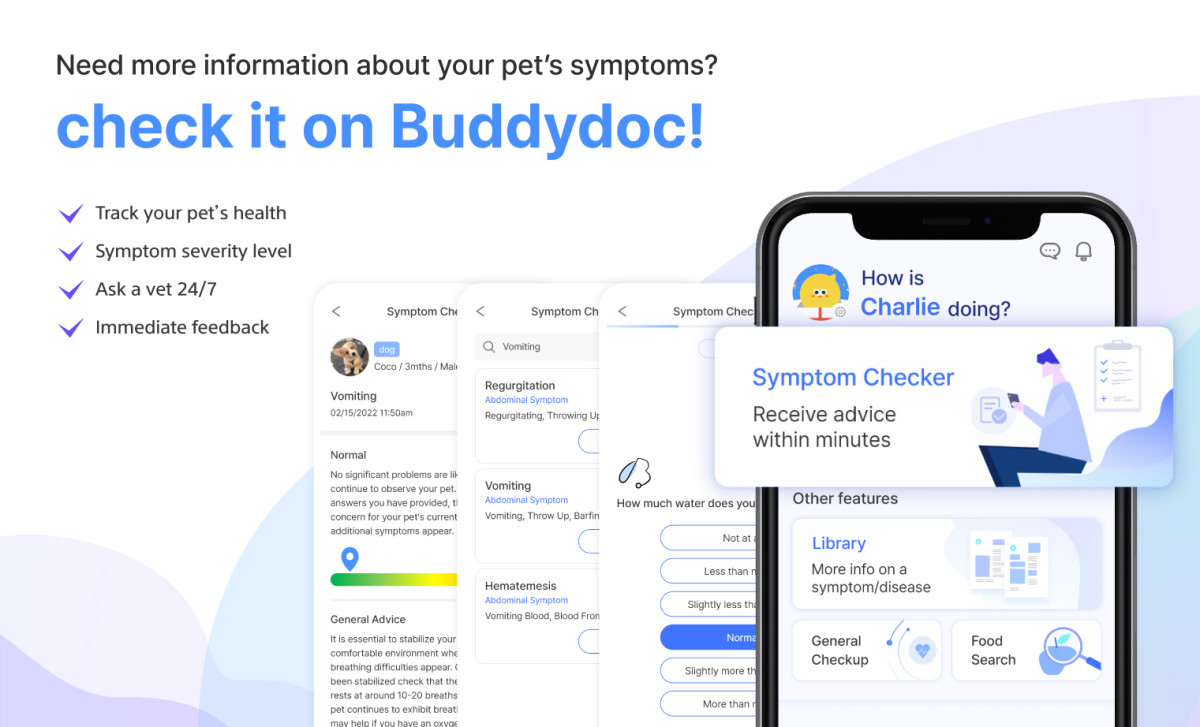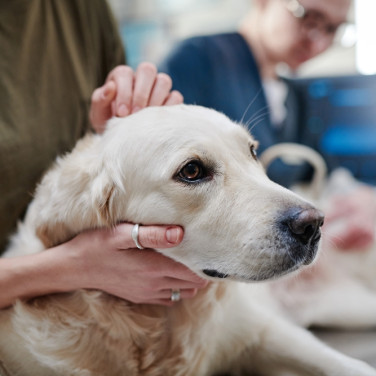SYMPTOMS
Epiphora in Dogs (Eye Discharge) - How to Treat Eye Discharge in Dogs
페이지 정보
본문
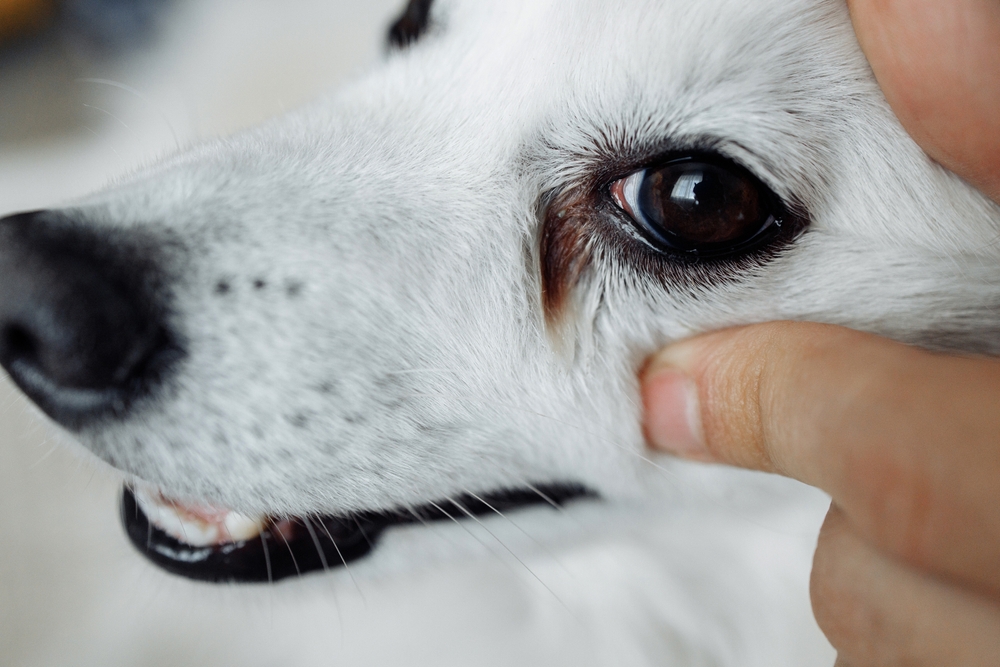
What is epiphora in dogs?
Epiphora in dogs is excessive tearing or persistently runny eyes. It is not a disease itself but a symptom of several conditions common in dogs. For example, galactorrhea is a condition in which excessive tear flow occurs when tears do not drain properly through the ducts. Excessive eye discharge in dogs typically occurs when tear fluid overflows due to tear overproduction or poor drainage through the nasolacrimal duct, located at the edge of the eye toward the nasal cavity. Tears should drain through the tear ducts near the nose, but if they don't, you'll see tear stains on your dog's fur around the eyes.
Causes of excessive dog tears or epiphora
The most common causes of epiphora in dogs are eye irritation and abnormal tear drainage. Common culprits for this symptom include duct obstruction, eyelid problems, excess tear production, allergies, and birth defects. Environmental factors like dust, sand, fleas, or insects can also trigger excessive tearing, especially in dogs with allergies. Investigating the cause is crucial for your dog's health.
Symptoms of epiphora in dogs
Epiphora in dogs exhibits common signs:
⦁ Constant dampness under the eyes
⦁ Reddish-brown fur stains
⦁ Odor
⦁ Skin irritation
⦁ Skin infections
Risk of epiphora in dogs
Look out for eye swelling, redness, severe itching, and dark tear stains. Persistent moisture can lead to skin infections and being aware of these signs can help you prevent further health complications.
Home treatment for epiphora in dogs
While several over the counter products claim to eliminate tear stains, none are 100% verified. Exercise caution with products containing hydrogen peroxide, as they can be damage to your dog’s eyes if any splashes into their eyes. For severe tear stains, consult a veterinarian for prescribed medication and treatment instead of relying solely on commercial products.
How is epiphora diagnosed?
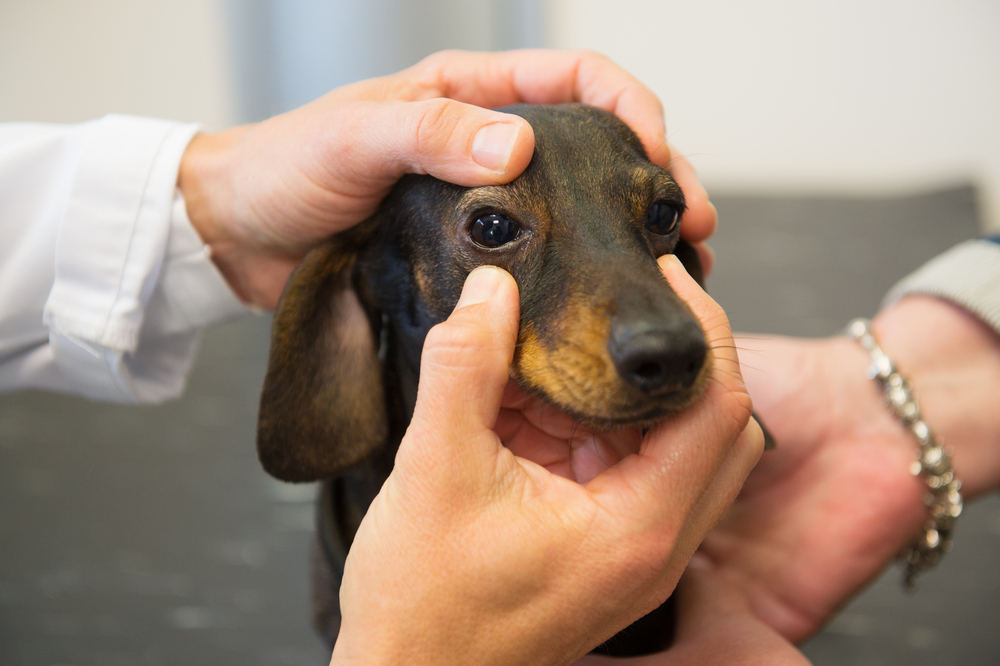
To diagnose epiphora in dogs, the first step is identifying the potential underlying causes of excessive tear production. These can range from conjunctivitis (viral or bacterial) and allergies to eye injuries, anatomical abnormalities like rolled-in or rolled-out eyelids, and more. It's crucial to rule out serious underlying conditions.
This can be identified through the following methods:
⦁ Consultation and physical examination
Through a careful look at your dog’s medical history and a physical examination, other symptoms can be identified to help the veterinarian assess which tests to conduct for an accurate diagnosis.
⦁ Examine facial anatomy
Certain dog breeds possess flat or squished-in facial structures. Consequently, tears might fail to drain effectively due to certain blockage. The presence of hair or foreign debris around the eyes can physically obstruct the drainage opening, preventing the proper flow of tears.
⦁ Fluorescein eye stain
A Fluorescein dye is applied to the eye, and the head is tilted downward, enabling it to flow towards the nasal cavity. In normal cases, you should see the dye come out the nasal cavity within a few minutes. If the dye does not make it through the duct, it does not result in a complete diagnosis but it does indicate a right sign towards a diagnosis.
⦁ Test for underlying diseases
Excessive tear secretion from the lacrimal gland can result from various factors, including bacterial or viral conjunctivitis, allergies, trauma, eyelid abnormalities, corneal ulcers, infections, and glaucoma. These potential causes must be assessed to determine if an underlying disease is present. To diagnose the specific disease, veterinarians may conduct tests such as smear tests, allergy tests, and intraocular pressure measurements.
Treatment options for epiphora in dogs
If the nasolacrimal duct is blocked, it can be flushed under anesthesia to clear the obstruction and allow for proper tear drainage. In some cases, tear ducts may be congenitally closed, which may require surgical intervention to open them.
For tear ducts narrowed by chronic inflammation or allergies, flushing can help widen them and restore normal tear flow.
If an underlying disease is the root cause of epiphora, it's crucial to address the specific condition directly first. Whether it is allergies or abnormalities in the eyelid, treating the underlying cause is essential to effectively manage epiphora or excessive tearing in dogs.
How to prevent epiphora in dogs
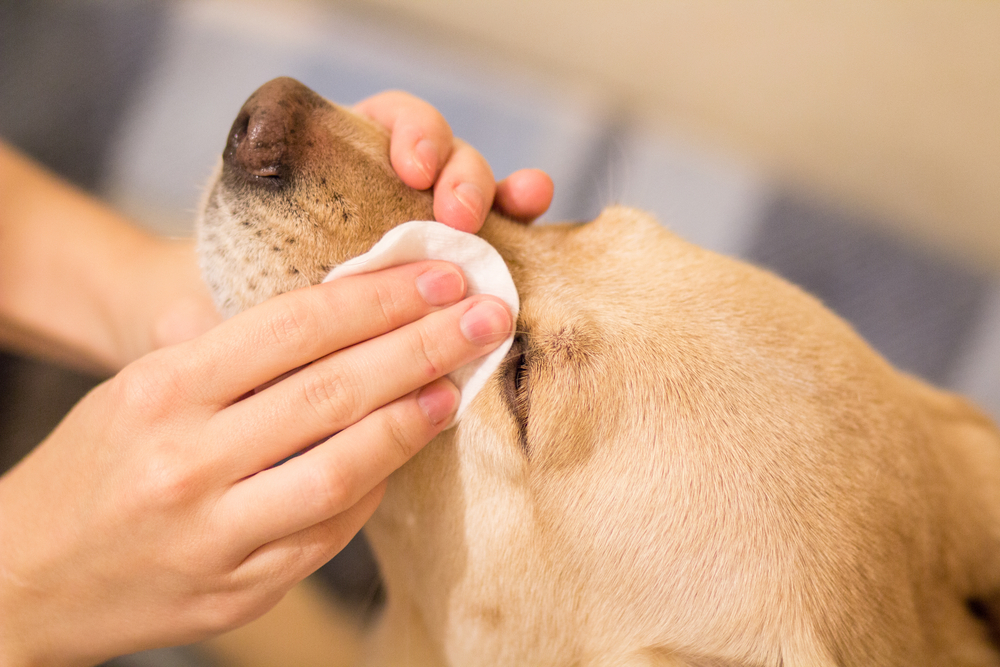
If allergies trigger excessive tear production, removing the allergen is the best approach in preventing excessive dog tears. Regularly wiping away their tears and keeping the area around the eye dry is essential to prevent skin infections and irritation caused by excessive tear production.
Hair or foreign matter around the eye can block the tear duct entrance, disrupting proper tear drainage. Consistent bathing and grooming are important in keeping an unobstructed tear flow.
In summary, addressing allergies, maintaining eye hygiene, and ensuring proper grooming are key in managing epiphora and preventing galactorrhea in dogs.
Find out more about your dog’s symptoms and diseases on the Buddydoc app!
Install the Buddydoc app now and ask any questions you have about your dog on our 1:1 ask-a-vet board! The Buddydoc library is filled with everything you’d want to know about each symptom and disease your pet may experience.



